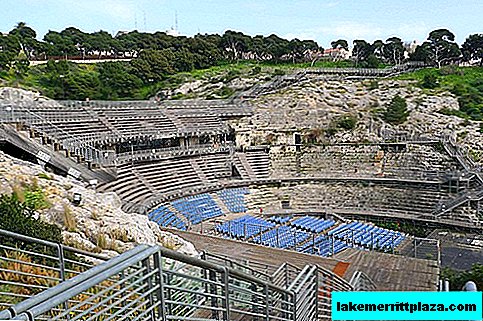Since 2012, some libraries in Italy have real libraries in which anyone can take a book for free, read it under a beach umbrella and return it before leaving
In the summer of 2012, the Italian environmental organization Legambiente implemented in the south of the country, in the coastal communes of Castellabate, Montecorice and Pollica-Accharoli (Castellabate, Montecorice e Pollica-Acciaroli), a pilot project called "Beach Libraries".

The idea of the program was to organize a kind of library on the beaches, where tourists and not only could take any book for free and without a record, read it on the beach, and then return it to the shelf before leaving. The aim of the project was to promote reading, including on the beach. It used books, "gathering dust on shelves" in Italian homes.
The “beach libraries” immediately received an active response from the population and stirred media at the national level. Suffice it to say that in addition to the main state print media, the popular radio stations RAI RADIO 3, RTL, ECORADIO, RAI 1 and even Radio russa (Russian Radio) became interested in the news.
This year, the Italian Federation of Swimwear and Beach Organizations FIBA Confesercenti decided to join the project and expand it at the national level, creating libraries on all officially registered beaches.
In the summer of 2014, the task is to organize at least 200 libraries at 200 tourist sites (beaches, spa centers, estates, hotels, etc.) in Italian coastal communities. Italian companies are invited to contribute to such an unusual and worthy socio-cultural initiative in exchange for advertising on the Beach Library Network website www.libreriedaspiaggia.it. Additional information on joining the movement can be found on the FIBA website: www.fibaconfesercenti.com

It is also worth emphasizing that the initiative is based solely on a voluntary basis and seeks to involve all the coastal communes of Italy.
Project Features:
- libraries work on the principle of self-government;
- the project is not a one-time initiative, and involves a duration of at least 10 years;
- beach libraries will organize book presentations and meetings with authors;
- A map of the beach library network will be published in the popular Legambiente Blue Guide and other Italy Guidebooks.
Now on the official map of Beach Libraries about 35 beaches are registered and all of them are located on the southwestern coast of the peninsula, in the areas of Naples and Salerno.








